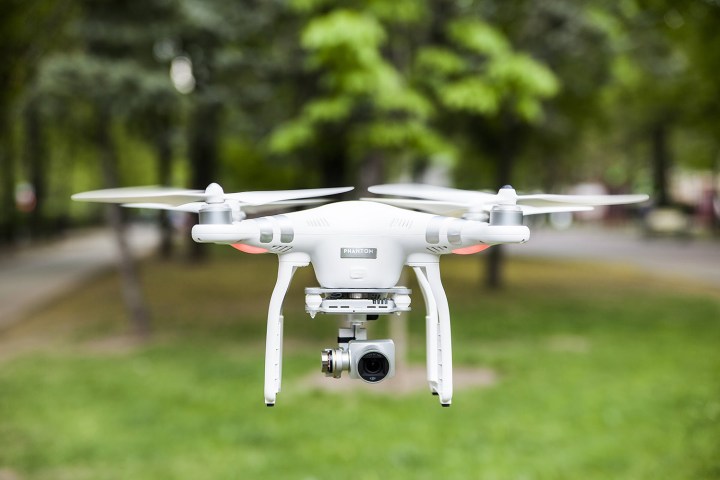
The Secret Service plans to deploy a “small” camera-equipped, multi-rotor drone as part of efforts to protect the president when he vacations at his golf club in New Jersey this month, according to a document seen by Reuters.
The drone, whose make and model has not been disclosed, will monitor the perimeter of the Trump National Golf Club in Bedminster.
Flying at a height of around 300 to 400 feet (91 to 122 meters), the flying machine will carry specialized equipment such as a thermal imaging camera for nighttime surveillance. Data transmission and power will run via a tether, allowing it to fly for extended periods, Reuters said.
The exercise will help the Secret Service decide if the technology can become a permanent addition to existing security measures that help keep an eye on the president at engagements around the country.
It’s currently looking at “several types of drones and tethered systems” to learn more about their effectiveness in providing security. But security personnel admitted there could be an issue with its debut operation this month as the drone may fly within range of private residences. People in the area will be told of the drone flights in advance in a bid to avoid any disputes, the report said.
Security operations for the president usually use manned aircraft from local, state, and federal government agencies, but these can be noisy and fail to provide around-the-clock surveillance. With that in mind, the drones could prove a useful, as well as more cost effective, alternative to current systems.
Autonomous and remotely controlled surveillance copters are already being built by a number of companies, Boston-based CyPhy among them. Its versatile Parc hexacopter receives power via a microfilament tether, allowing it to stay in the air for lengthy periods, returning only for maintenance. Data such as video also transmits via the tether, adding an extra layer of security. The machine was recently used by police in Boston to monitor activities during the Fourth of July celebrations.


